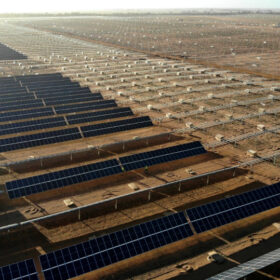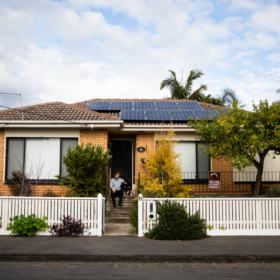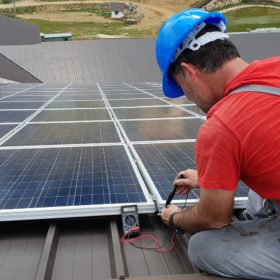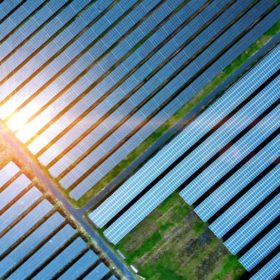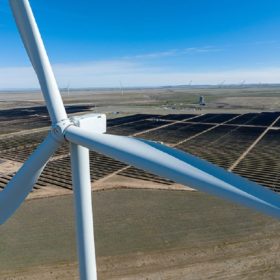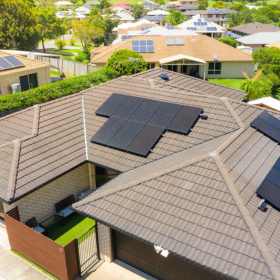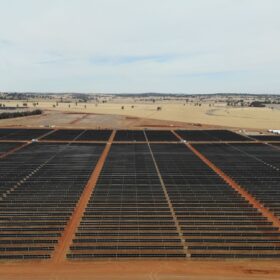CEC warns pace must pick up as renewables investment hits $4.3 billion
Investment in financially committed large-scale renewable energy generation and storage projects in Australia ramped up in the final three months of 2022 to its highest level in more than four years but the Clean Energy Council has warned the pace remains inadequate.
Solar’s growing demand for drone-based aerial inspection and data analysis
United Kingdom-based Above’s founder and CEO Will Hitchcock sits down with pv magazine to discuss the solar industry’s growing demand for drone-based aerial inspection and data analysis, the game changing utility of digital twins, and what the future holds for autonomous drone programs.
Green loans spike as government supports new home loan program
The Bendigo Bank has reported a massive 600% spike in customers accessing green loans in the last year. The news comes just after the federal government’s green bank paired up with the Commonwealth Bank to begin offering builders and renovators working to high energy efficiency standards reduced rates on their home loans.
Next acquisitions for Octopus Australia’s new investment platforms revealed
The investment platforms from Octopus Investments Australia are set to acquire three new projects in the coming months in Queensland, Victoria, and New South Wales. Launched in 2022, the OREO and OASIS platforms “allow wholesale investors and mums and dads to invest alongside big institutional investors and get access to big projects in Australia,” Managing Director Sam Reynolds told pv magazine Australia.
Five actions for effective renewables finance risk management
In some instances, the cost of insurance could exceed 25% of annual operating and maintenance expenses, said insurance broker Marsh. The firm offers five actions to properly evaluate risks and drive portfolio growth.
Australia singled out as key investment market for Asian majors
Executives from Gentari, the clean energy subsidiary of Malaysia’s state-owned oil company Petronas, and Japan’s biggest steelmaker, Nippon Steel, are eying Australia for future investments in renewables projects and green-steel manufacturing.
South Australian miner to lodge application for critical rare earth mine
Australian mining company Australian Rare Earths is moving forward with plans to apply for a licence to mine rare earths in South Australia’s southeast as part of its flagship Koppamurra project.
Renewable energy institutional investment has gone ‘from niche to mainstream’
Term Loan B funding may be a multi-trillion-dollar pool made available to renewable energy development. KeyBanc managing director Andrew Redinger shares his view of the evolving market in a white paper.
Queensland to partner with SEC on solar panel recycling pilot
The Queensland government will team with the Smart Energy Council to develop an industry-led solar panel recycling scheme and investigate a ban on the dumping of end-of-life panels as it prepares for a surge in the number of decommissioned PV modules coming off rooftops.
Sims announces plan to sell stake in LMS Energy
Metal recycling company Sims plans to offload its 50% stake in Queensland-headquartered renewable energy group LMS Energy which owns and operates six solar plants and 36 waste-to-energy facilities at landfill sites throughout Australia.
